
Even though about two-thirds of Americans read the Nutrition Facts, most people only have a limited understanding of what they are reading. Just because something says organic, it’s good for you, but food companies know how to trick consumers with clever marketing and tricky terminology. Here’s a small guide to help you separate fact from fiction at the grocery store.
- Natural: An example of natural flavors can be MSG, glutamate, hydrolyzed, autolyzed. These are known excitotoxins, and you should watch out for them because, with time, they can damage nerve cells.
- Good Source Of Fiber: The fiber you may be seeing in fruit snacks, packaged bars, and cookies are from ‘isolated fibers’ like chicory root or polydextrose. These don’t have the research to back them up and typically don’t provide the health benefits you would usually get from real whole foods like oats, flaxseed, or apples.
- Whole Grain: For a product to be labeled ‘made with whole grains, it’s only required to contain a minuscule amount of whole grains. The remaining ingredients can, and often are, stripped of any nutritional value. Find products that say “100 Percent Whole Grain” to ensure you are getting pure whole foods.
- Sugar-Free: This usually means some form of artificial sweetener that the body cannot process. It can include aspartame and sucralose, which can have as many if not more harmful health effects as regular sugar.
- Ready-Made: Food labeled pre-cooked, ready-made, or stovetop-ready often contains unhealthy ingredients to preserve food for more extended periods. These keywords are signs of products that contain high amounts of refined sodium, preservatives, and refined sugar. These additives often cancel out any of the nutritional value in the food.
- Fresh: While the FDA demands that ‘fresh’ food is in a raw state and has not been frozen, thermally processed, or preserved, it does allow for some unappealing methods to take place. For example, waxing or coating, post-harvest pesticides, mild chlorine or acid wash, or ionizing radiation (irradiation). Mmmm, yummy!
- Low-Fat: Something that is made “low-fat” usually contains high amounts of sodium in addition to carbohydrates or sugar, which, ironically, are the types of foods that our bodies convert into fat.
- Good Source Of Calcium?: Well, this isn’t wrong. But a label that claims 10 percent calcium actually means that it has 10 percent of the daily recommended dose.
Even if foods do have these types of labels on their packaging, we’re not saying you should immediately stop eating them. We’re just saying you should be aware of what you’re eating and how labels can often be more confusing than you would suspect.

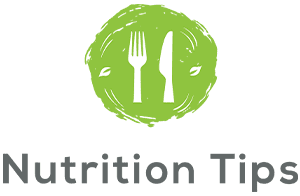



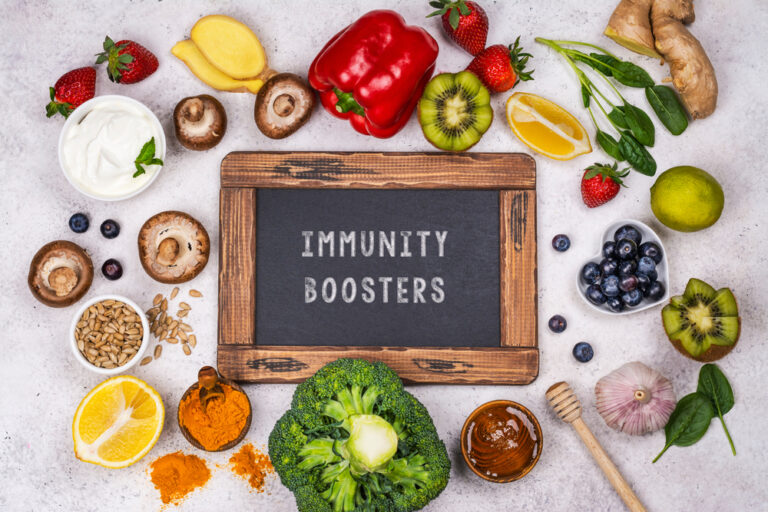

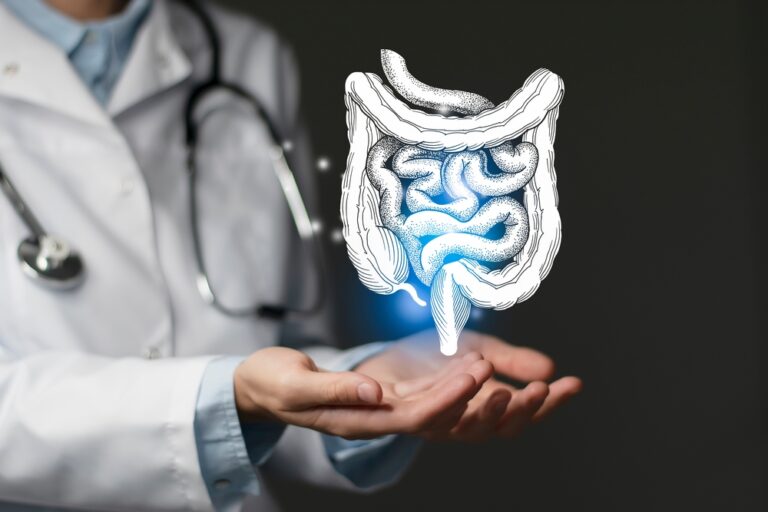
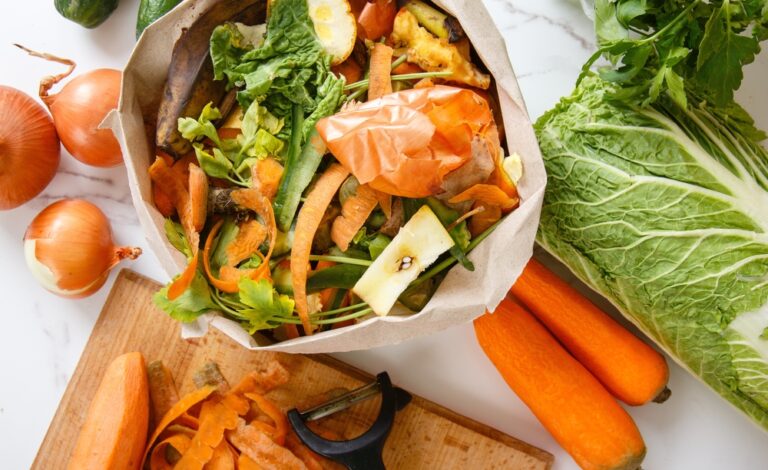



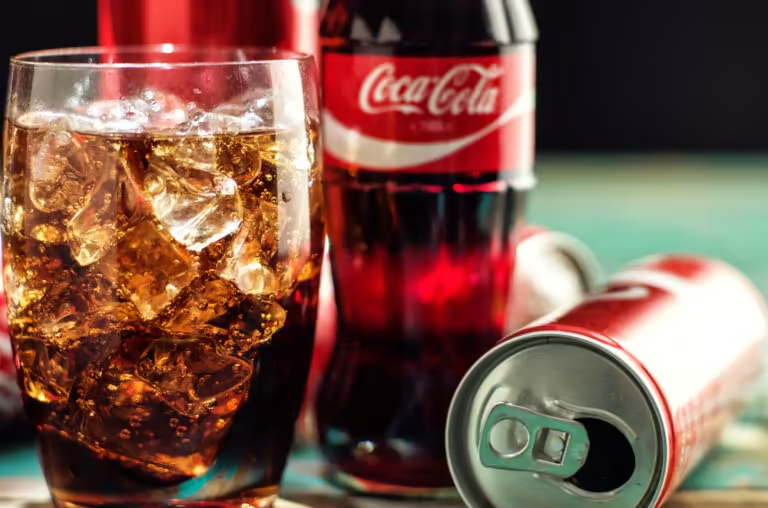

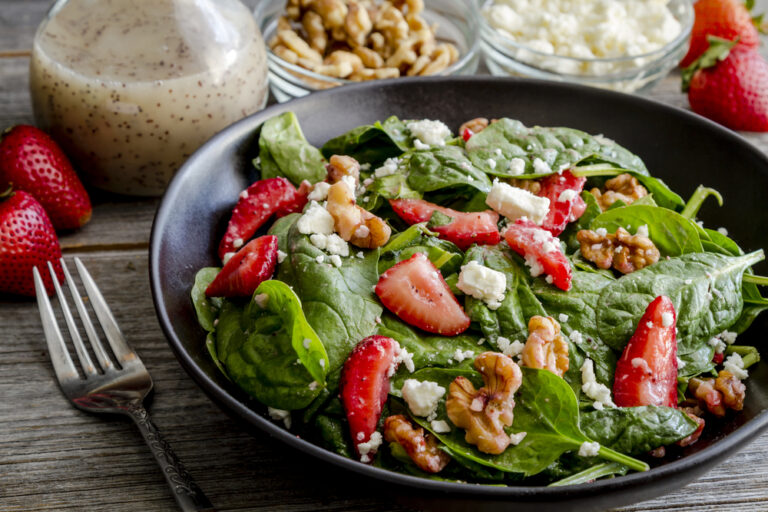



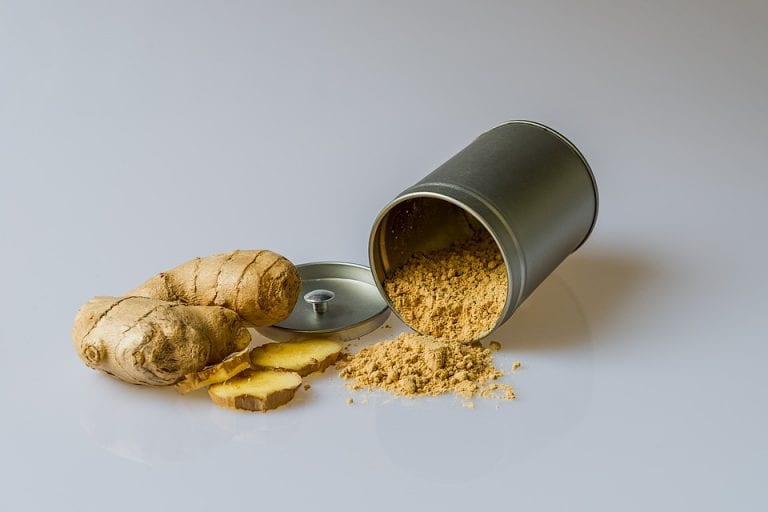





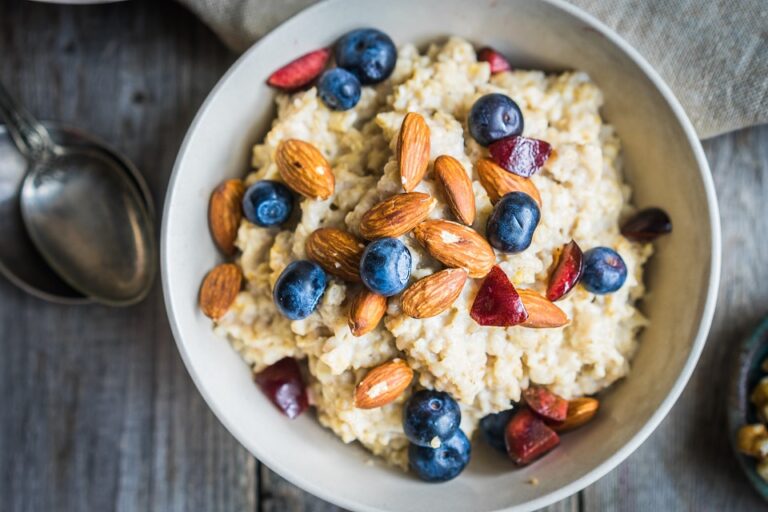



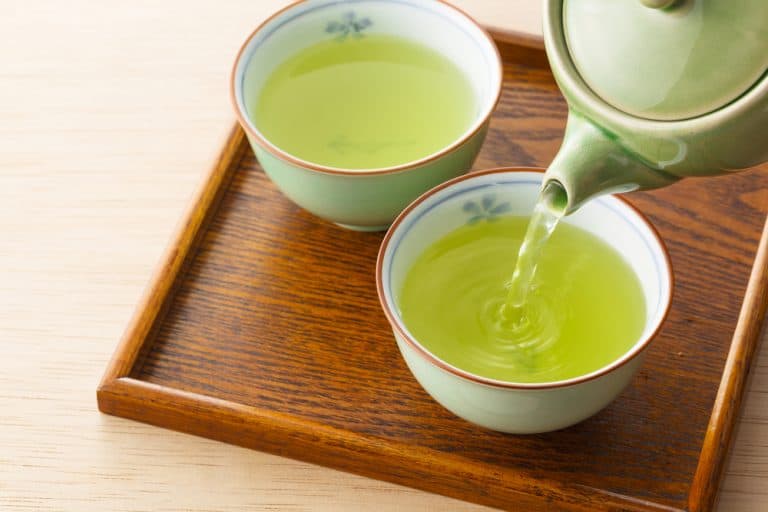
1 thought on “8 Packaged Food Words That Should Worry You”
The FDA only required baby food to be labeled :expiration date: